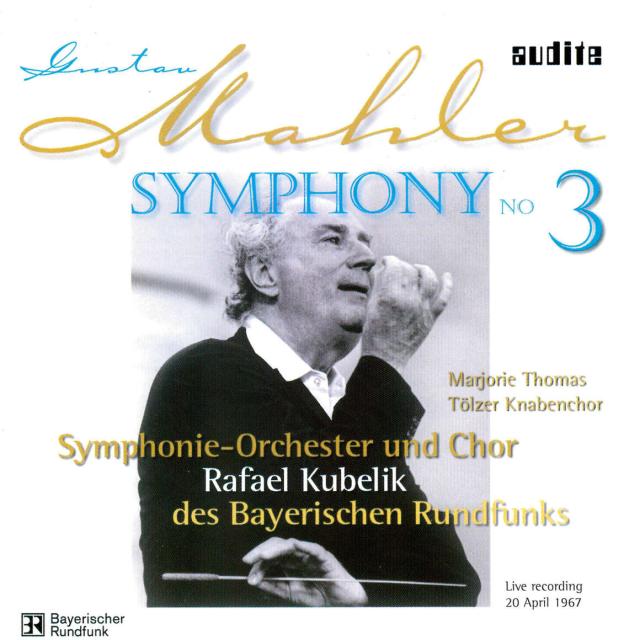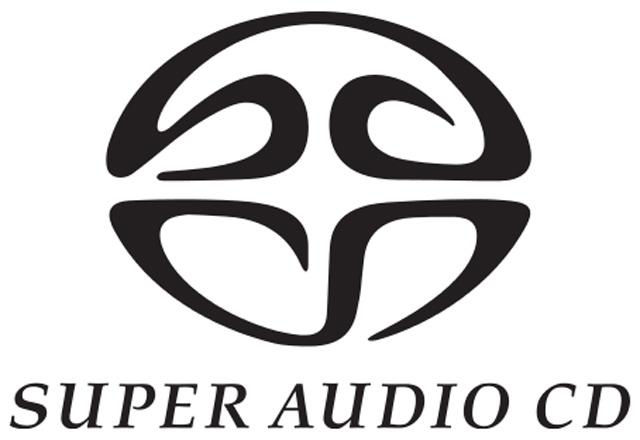Mar 11, 2005 | News New distributor in down under
We are happy to welcome an Australian distributor in the audite-family! fusemusic is the name of our noted partner in Australia.
audite Musikproduktion
Hülsenweg 7
D-32760 Detmold
We are happy to welcome an Australian distributor in the audite-family! fusemusic is the name of our noted partner in Australia.
Did you discover the new features on our page? The new Special Media Files, a place for your comments and PDF-data for downloads or printouts.
With Richard Franck's "Works for violin and Piano" we continue our price winning series with works by these unknown composers.
We are happy to present our newest service to our customers: SACD authoring in our own company!
New Schubert Symphony in our series "Legendary Recordings" with the Bavarian Radio Symphony Orchestra under the great Rafael Kubelik on LP!
After the nomination of the audite-production „Mahler: Song of the Earth“ for the Cannes Classical Award 2004 this prize was now actually awarded to the recording!
In September 2003 audite got off to a convincing start in SACD- Surroundsound with „Touching Colours“. Also for the future the label puts its trust clearly in SACD-technology.

audite receives its first major award with the Cannes Classical Award for Symphony No. 3 from the Mahler cycle with Rafael Kubelik and the Bavarian Radio Symphony Orchestra.

audite is launching an SACD (Super Audio Compact Disc) for the first time with the premiere recording Touching Colours, thus enabling even greater listening enjoyment as the medium allows higher digital resolution as well as the storage of multi-channel sound without data reduction.